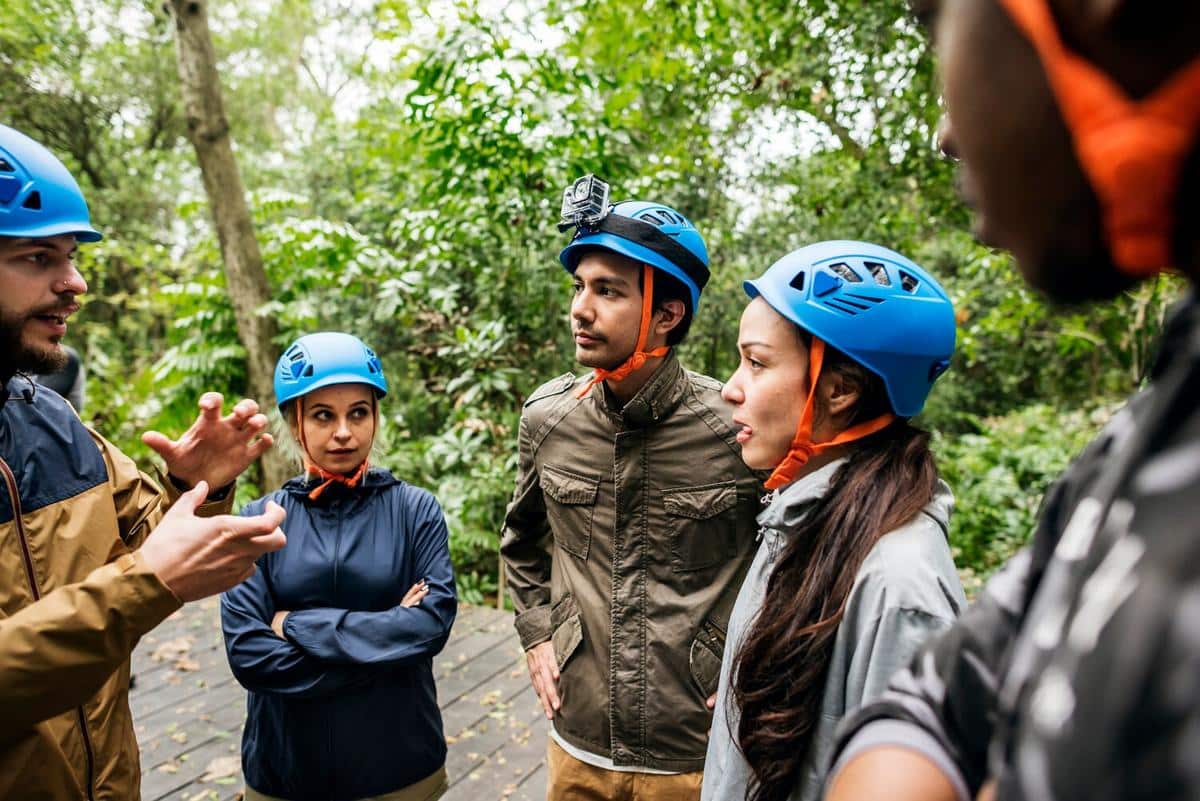
How to Stay Safe on an Extreme Adventure Trip
Extreme adventure trips offer a thrilling escape from everyday life, drawing in those who seek to push their limits and experience nature’s wildest challenges. However, the excitement of these adventures comes with its own set of risks, making safety a top priority for every adventurer.
Understanding the Risks of Extreme Adventure
Before diving into the adrenaline rush of extreme adventures, it’s essential to recognize the potential hazards. According to a report by the Adventure Travel Trade Association, mishaps in adventure travel are often due to poor preparation or lack of experience, highlighting the importance of understanding the risks involved.
Listen to the Experts
Adventure travel guide, Mark Thompson, emphasizes, “Preparation is key. Knowing your limits and having a solid plan can make all the difference.” This insight underscores the importance of seeking expert advice and training before embarking on any extreme trip.
Preparing for Your Adventure
Preparation is not just about packing the right gear; it’s also about mental readiness. Consider taking a course or workshop related to your chosen activity. For instance, if you’re planning a mountain climbing expedition, a climbing course can be invaluable.
Essential Packing List
- First aid kit
- Weather-appropriate clothing
- GPS or map
- Water purification tablets
- High-energy snacks
- Emergency contact device
- Multi-tool
- Personal identification
Your packing list should be tailored to your specific adventure and location, ensuring you have all necessary items for safety and comfort.
Stay Informed and Alert
Researching the destination is crucial. Understanding the local climate, terrain, and wildlife can prevent many common mishaps. Be sure to check for any travel advisories or alerts that might affect your trip.
Table of Potential Risks
| Risk | Description | Mitigation |
|---|---|---|
| Weather Changes | Sudden storms or temperature drops | Check forecasts, pack layers |
| Wildlife Encounters | Unexpected animal interactions | Learn local wildlife behavior |
| Altitude Sickness | Affects those climbing at high elevations | Ascend gradually, stay hydrated |
| Navigation Errors | Getting lost in unfamiliar terrain | Use GPS and carry a map |
| Injury | Sprains, fractures, or cuts | Carry a first aid kit |
| Equipment Failure | Gear malfunctioning | Regular maintenance checks |
| Dehydration | Lack of sufficient water intake | Carry water purification options |
| Fatigue | Overexertion leading to exhaustion | Rest adequately, pace yourself |
Staying Safe During the Adventure
While on your adventure, adhere to safety protocols and follow the guidance of experienced leaders. Engage with local guides who possess in-depth knowledge of the area and can provide invaluable assistance.
FAQs on Extreme Adventure Safety
What should I do in case of an emergency?
Remain calm, use your emergency contact device, and follow the pre-planned emergency procedures.
How can I prevent altitude sickness?
Ascend slowly, stay hydrated, and consider acclimatization days in your itinerary.
What are the most common injuries in adventure travel?
Sprains, fractures, and dehydration are among the most common injuries. Proper preparation and caution can minimize these risks.
Conclusion
Embarking on an extreme adventure trip is an exhilarating experience that can be both challenging and rewarding. By understanding potential risks, preparing thoroughly, and following expert advice, you can ensure your adventure is not only exciting but also safe. Embrace the thrill, but prioritize your well-being to make memories that last a lifetime.